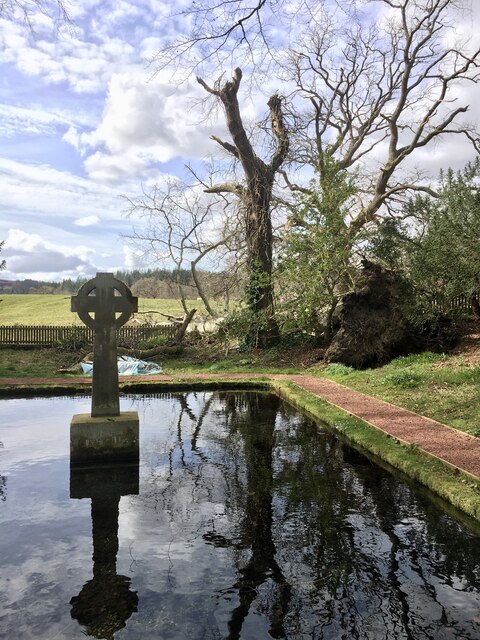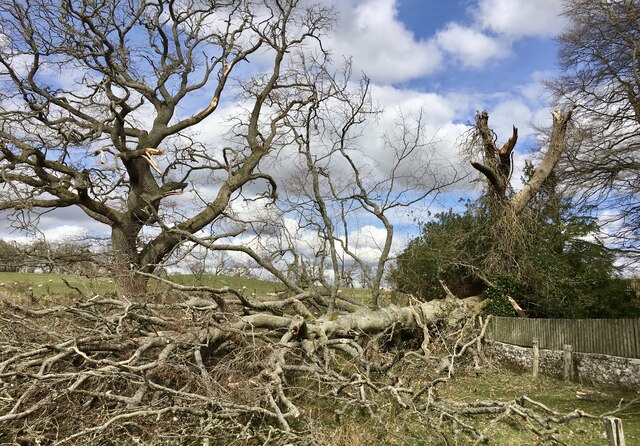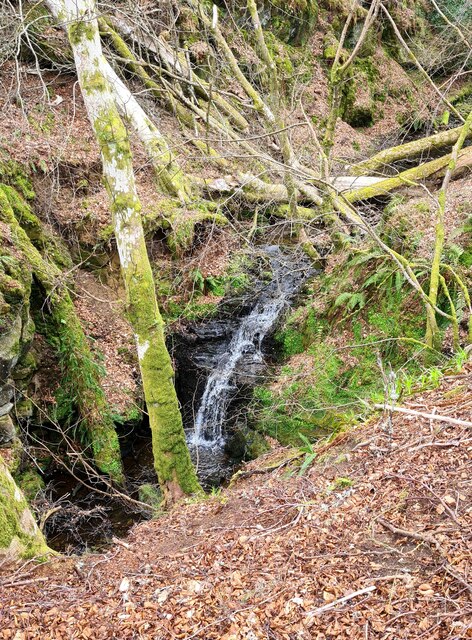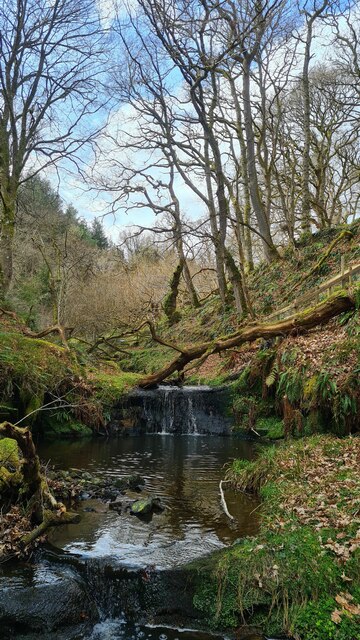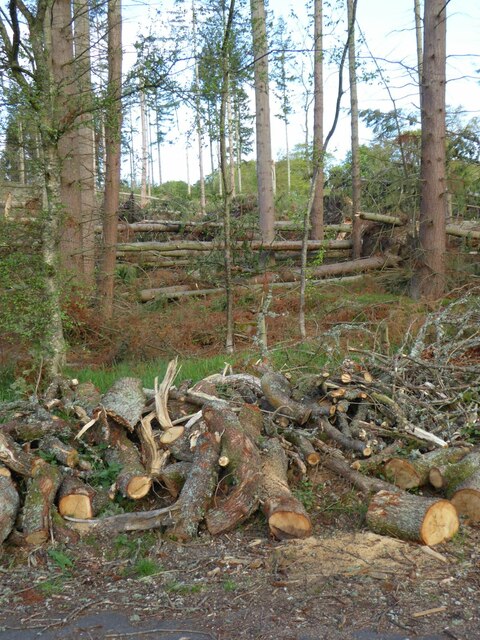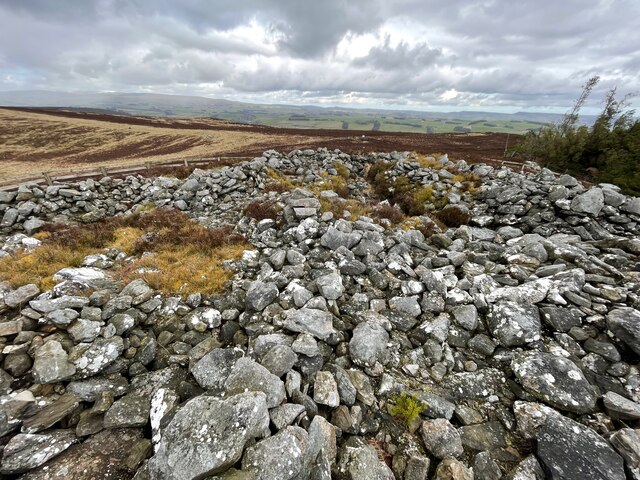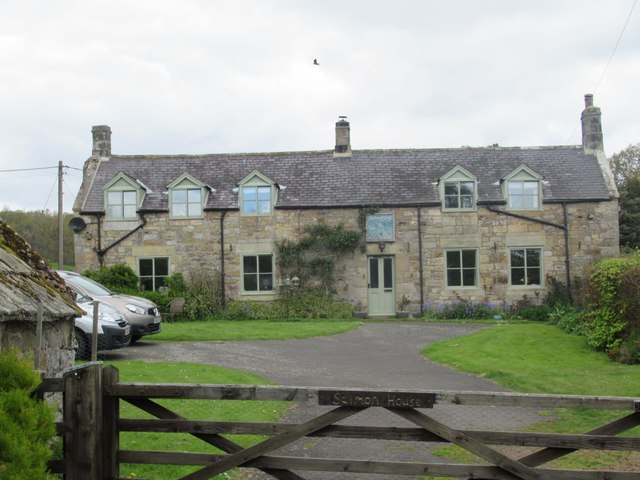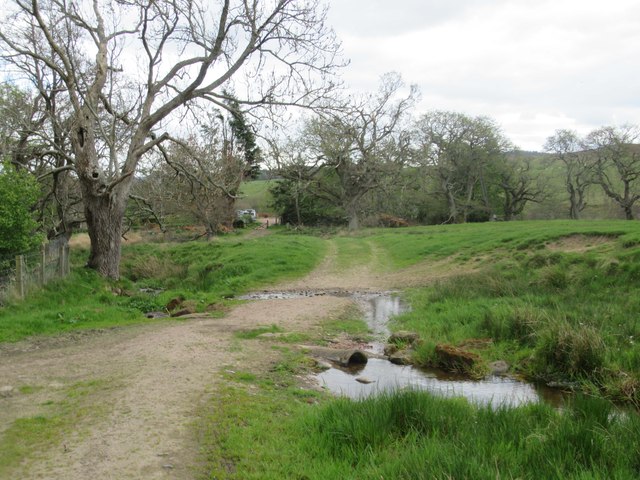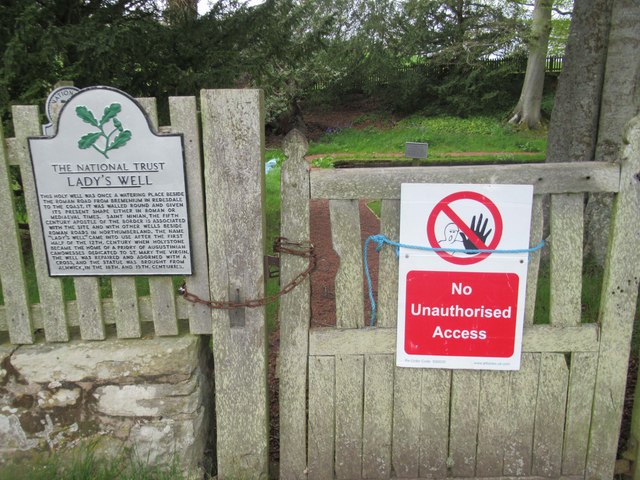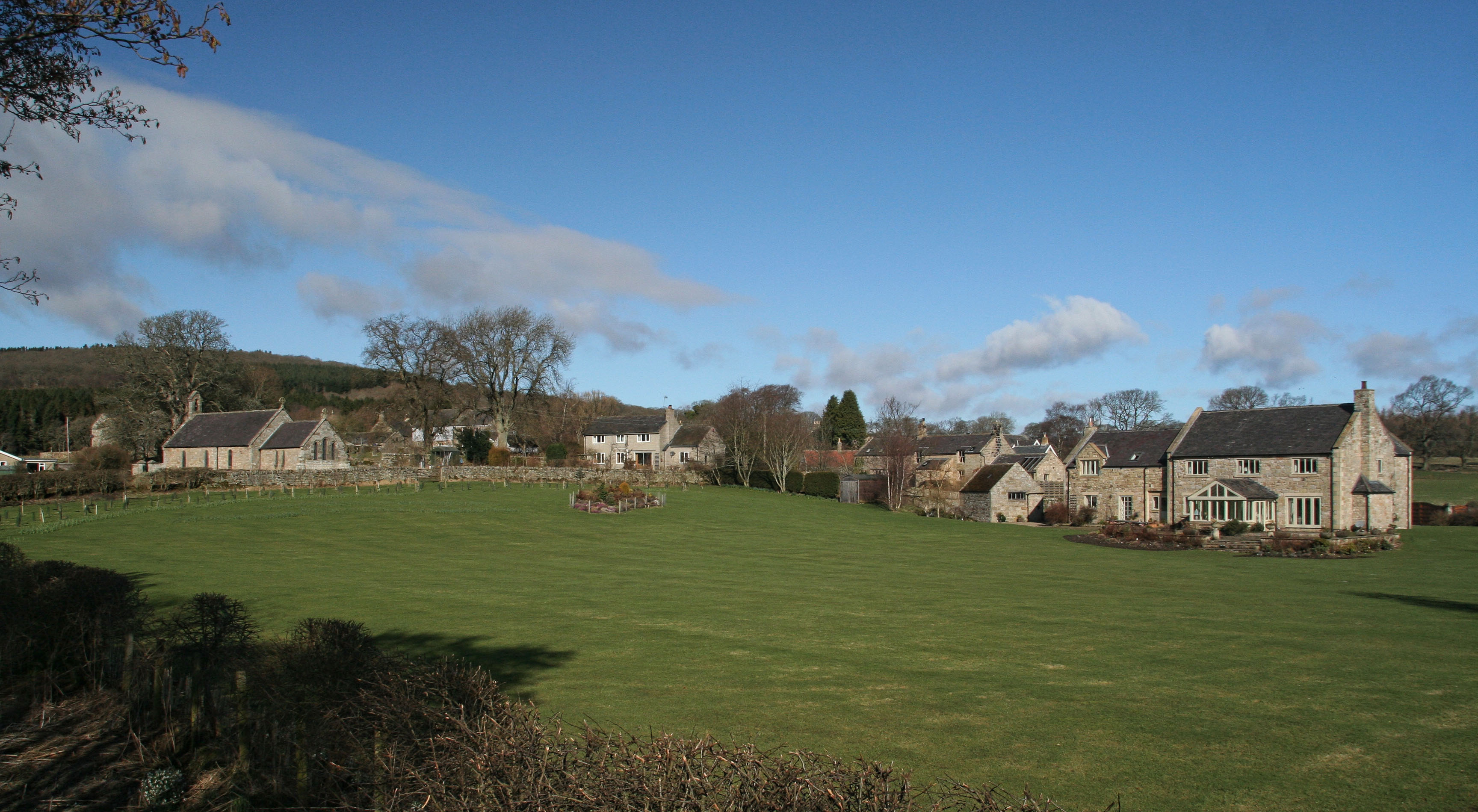Common Strip
Wood, Forest in Northumberland
England
Common Strip

Common Strip is a picturesque woodland located in Northumberland, a county in the northeast of England. Nestled within the Northumberland National Park, this beautiful forest is a haven for nature enthusiasts and outdoor enthusiasts alike.
Covering an area of approximately 500 acres, Common Strip is mainly comprised of dense, mature woodlands, with a variety of tree species including oak, beech, and birch. The forest is known for its vibrant and diverse ecosystem, providing a habitat for a wide range of wildlife, including deer, foxes, badgers, and a myriad of bird species.
The woodland is crisscrossed by a network of well-maintained walking trails, allowing visitors to explore the natural beauty of the area while immersing themselves in the tranquil atmosphere. The trails vary in difficulty, catering to both casual walkers and more experienced hikers. Along the way, visitors can expect to encounter enchanting streams, moss-covered rocks, and breathtaking viewpoints that offer panoramic vistas of the surrounding countryside.
Common Strip also boasts a rich history, with evidence of human activity dating back to prehistoric times. Archaeological remains, such as ancient burial mounds and stone circles, can be found within the forest, adding an extra layer of intrigue to the area.
In summary, Common Strip, Northumberland, is a captivating woodland that offers a peaceful retreat for nature lovers and history enthusiasts alike. With its diverse flora and fauna, well-maintained trails, and a touch of ancient mystique, this woodland gem is a must-visit destination for anyone seeking solace in the embrace of nature.
If you have any feedback on the listing, please let us know in the comments section below.
Common Strip Images
Images are sourced within 2km of 55.308825/-2.0779668 or Grid Reference NT9501. Thanks to Geograph Open Source API. All images are credited.
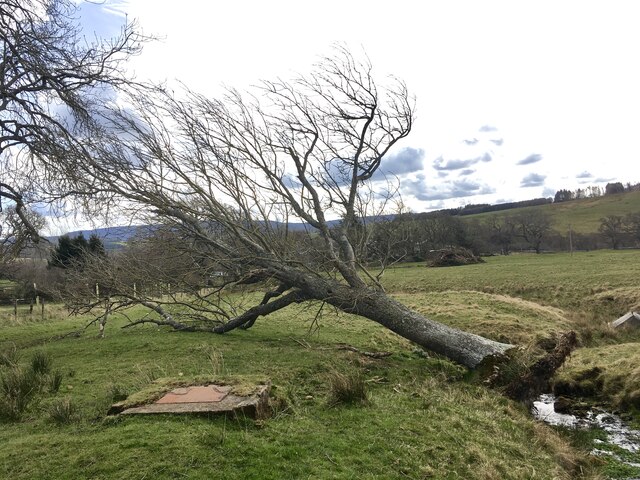
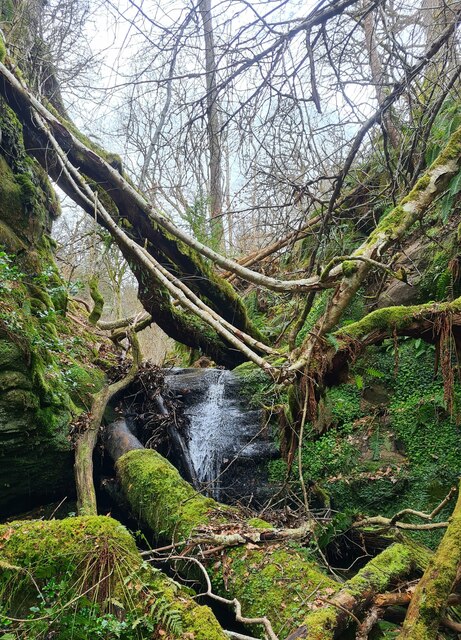
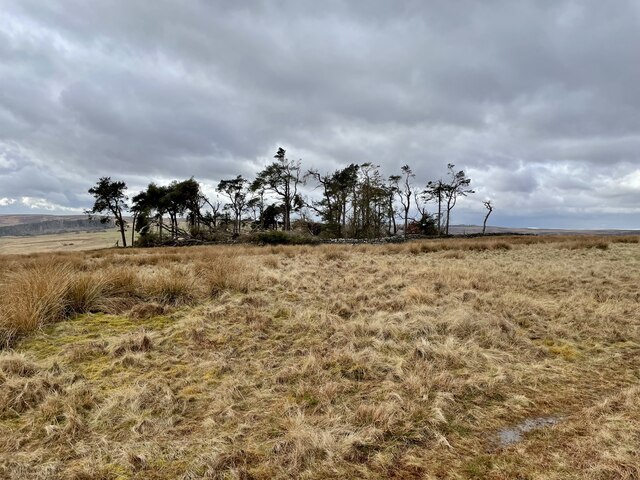
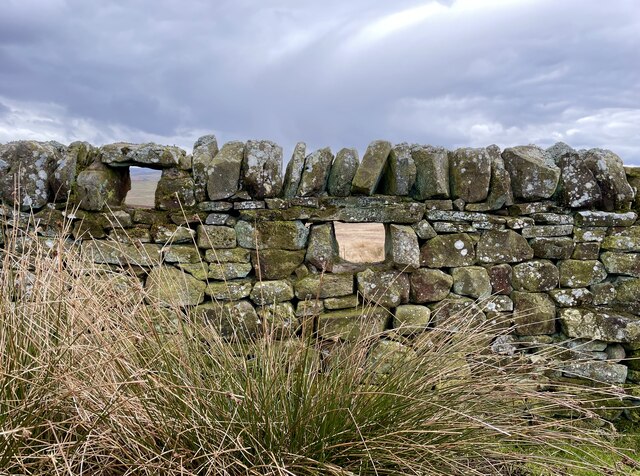
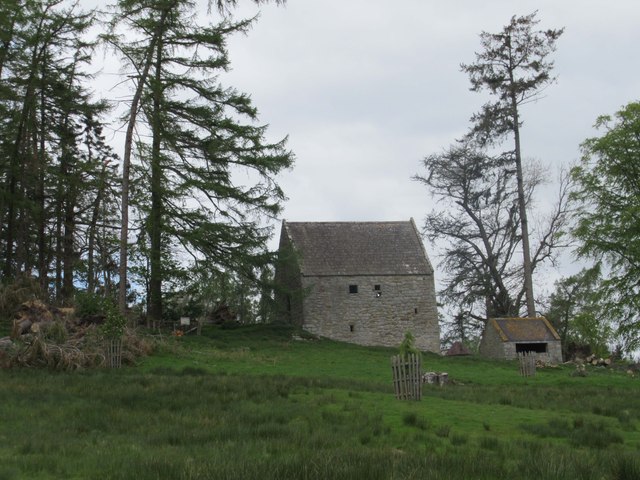

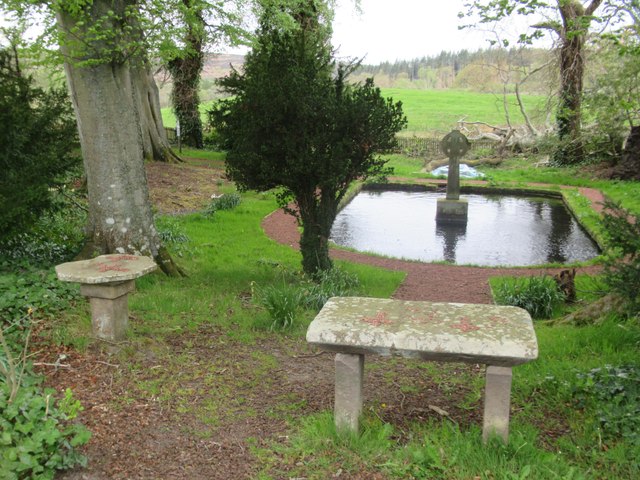
Common Strip is located at Grid Ref: NT9501 (Lat: 55.308825, Lng: -2.0779668)
Unitary Authority: Northumberland
Police Authority: Northumbria
What 3 Words
///overtones.melts.patting. Near Otterburn, Northumberland
Related Wikis
Holystone, Northumberland
Holystone is a small village and former civil parish, now in the parish of Harbottle, in Northumberland, England. It lies on the edge of (and just within...
Sharperton
Sharperton is a small settlement and former civil parish, now in the parish of Harbottle, in Northumberland, England. Sharperton is the site of a deserted...
Harbottle
Harbottle is a village and civil parish in Northumberland, England about 10 miles (16 km) south-east of the Scottish border, in the southeastern part of...
Hepple
Hepple is a small village and parish in rural Northumberland, 4 miles (6.4 km) west of Rothbury, which provides most of its local services. It is on the...
High Cove
High Cove is a major slip feature to the west of Grasslees Burn in the Simonside Hills, Northumberland, England. It contains several small rifts and caves...
Harbottle Castle
Harbottle Castle is a ruined medieval castle situated at the west end of the village of Harbottle, Northumberland, England, 9 miles (14 km) west-north...
Reivers Way
The Reivers Way is a long-distance footpath in Northumberland, passing through the Northumberland National Park and the Cheviot Hills. Totalling 242 kilometres...
River Alwin
The River Alwin is a short, steep upland river that drains the Kidland Forest on the southern flanks of the Cheviot Hills, in the Northumberland National...
Related Videos
Walking the Beacon Trig Point on Dues Hill (301m)
Winter hike - trips and tumbles around Holystone Common and up to the Beacon trig point on Dues Hill. When you can't ...
Holystone, Lady's Well and Dove Crag with Interesting Walks NE (7.8 miles)
Beautiful walk around Holystone with a bait stop at Dove Crag. I was absolutely worn-out after this one - the combination of blown ...
Holystone TRIP
Tumble around Holystone Common to the Beacon.
A dip into history
JOIN us on another journey into the Northumbrian countryside as we visit a holy well hidden in a delightful woodland glade in the ...
Nearby Amenities
Located within 500m of 55.308825,-2.0779668Have you been to Common Strip?
Leave your review of Common Strip below (or comments, questions and feedback).

